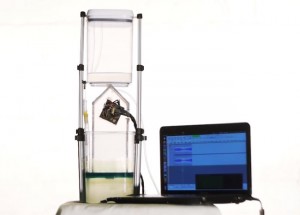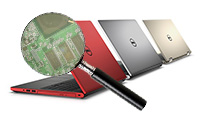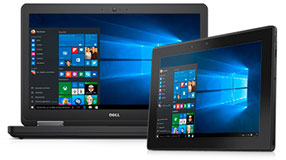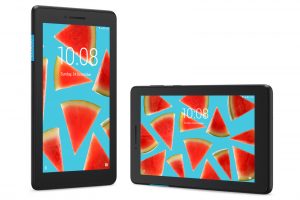

Successful trial runs have already proved that 28 year old creator, Rylan Grayston from Canada, truly has something here. Pun intended, his life could soon be more than peachy keen when the printers go out July 2014. One of the most attractive aspects of the Peachy Printer, besides the method which I will quickly get to, is it's open-source hardware and software. Nothing better than an already super affordable machine being open-sourced, it is like getting an extra present! One could argue, however, the biggest perk is the price. With affordability comes accessibility, which means enthusiasts of all sorts may begin experimenting; from students teaching their students to that mad scientist friend of yours in his basement. Also with the introduction of more inexpensive choices come the competition, always a good thing in the ever-growing and advancing world of 3D printing.


“ This waveform drives a pair of electro magnetic mirrors. The higher the volume, the higher the voltage, the more the mirrors move.”
Basically the reflection that occurs manipulates the path of the laser. That audio waveform you have converted will then drive these mirrors, allowing the laser beam to ultimately draw out the shape of the object. Additionally, the entire method relies on your computer microphone port to listen for and count each and every drip- that way it will stop the process as soon as the model is complete. Sounding like science fiction? I don't blame you. Lastly, plugging a digital camera into Peachy can also let it perform as a 3D scanner! After that initial scan via Blender, the laser illuminates the object as it rotates in front of the printer, scans it and then meshes it into a model file. Whew! If that didn't “Wow” you a little bit I don’t know what could. With all being said, the prototype is exactly that, and is very much in its early stage. With room to go before next year's debut, Peachy Printer should go through some serious refinement, as the finished molds do appear a bit messy. Not to worry, a lot can happen in an entire year, and those 2,295 backers sure don't seem too skeptical.

 Laptop & Tablet Parts
Laptop & Tablet Parts




















